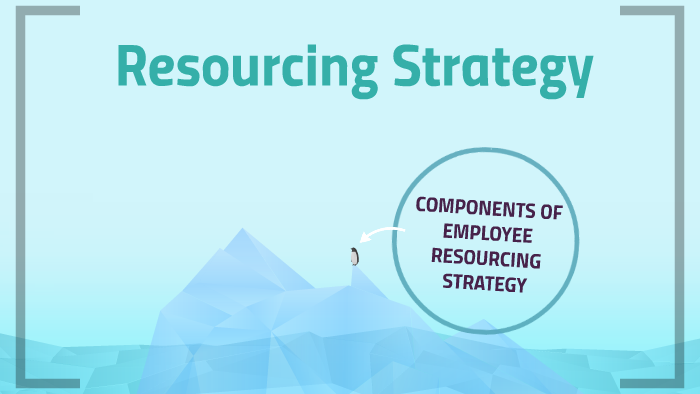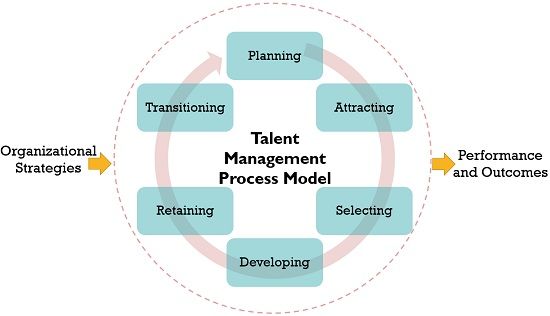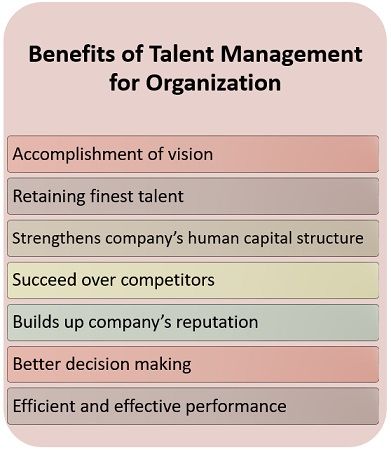In global contexts
“Strategic
resourcing is a key part of strategic human resource management ie, matching
human resources to the strategic and operational requirements of the
organization and ensuring the full utilization of those resources. (Armstrong,
2012)
Components of strategic employee resourcing are,

1. Human Resource Planning (HRP)
Human resource planning (HRP) is also known as the starting point of HRM. HRP analyses the goal and objectives of the organization, clarifies what stage the organization is at and what size and quality of human resource is required in the future to meet these preset objective by the organization.
Human Resource Planning involves in analyzing
the need of the business along with identifying the total number of people and
skillsets required for the organization to meet the organizational objectives
("Human resource planning", 1990).
2. Developing employee value proposition and its employer brand
Some organization provide employee of the month as an honor. The employee gets praise and even a slight raise in his pay. This is what developing employee value proposition means. The employer brands or creates an image. This is done to value the good employees and retain them in the organization.

3. Resourcing plans
This process involves of finding talent within
the organization which is also called as build approach and if the requirement
can’t be fulfilled within the organization, it involves preparing long term
plans for ensuring that the hiring and selection process will fulfill it.

Oftentimes the resources the organization is looking is within the organization so it’s all about identifying such resources and also providing employees training opportunities to foster their skills (Armstrong, 2014).
4. Retention plans
The people who have high potential and are talented are the ones on top demand. Any organization might try to pouch them for their own so this plan focuses on preparing a plan for retaining such key people for the organization.
5. Flexibility
It is related with planning the flexible and adaptable human resource to help the organization adapt and cope up with the changing circumstances. The organization should pay attention on creating a pool of employees ready to accept changes because the only way to sustain in the dynamic business world is by making the best use of human resource.
6. Talent Management
Any organization needs a pool of talented
individual with the required skillsets. So, it ensures that the organization
has the required number of talented people to meet the organizational current
and future needs and goals.
The main objective of resourcing strategies to find the appropriate workforce the organization needs with the appropriate qualities, capabilities, knowledge and potentialities for future. The following are the different components of strategic employee resourcing.
Conclusion
For a business to efficiently work towards its business goals, its human resources should be associated with its strategic planning and overall business goals. Strategies helps to connect organization with its ultimate aim. Strategic resourcing is the process of aligning the activities of the human resources to the strategic and day-to-day requirements of the organization and making the full utilization of the resources.
”
Thus it can be said that human resource management plays a vital role in
filling the gap of human resource need in the organization through the process
of strategic resourcing"
References
Armstrong, M. (2014). Armstrong’s Handbook on Human Resource Management Practice.
Management, S. f. (2015). Practicing Strategic Human Resources. SHRM.
Human resource planning. (1990). Long Range Planning , 23 (2), 120.



